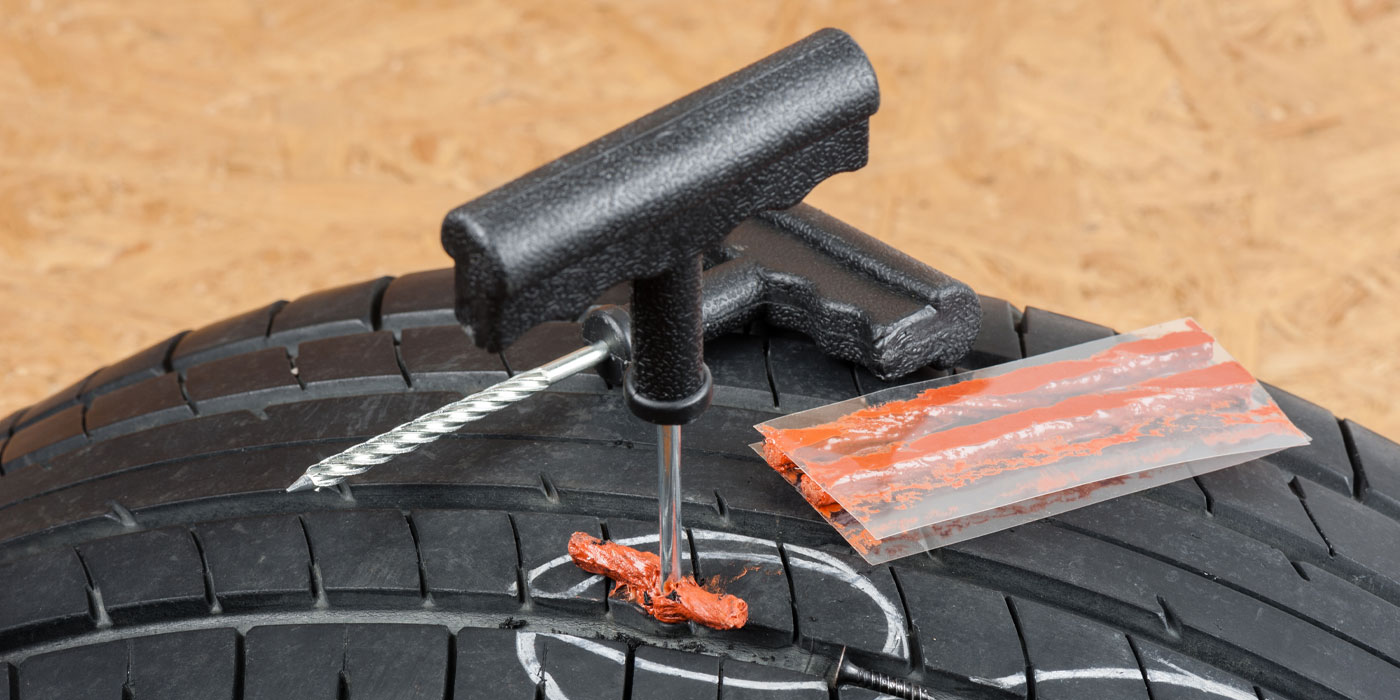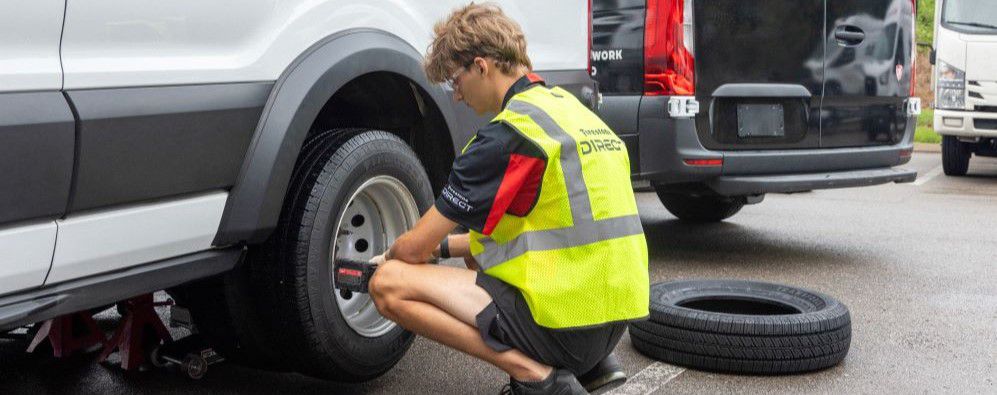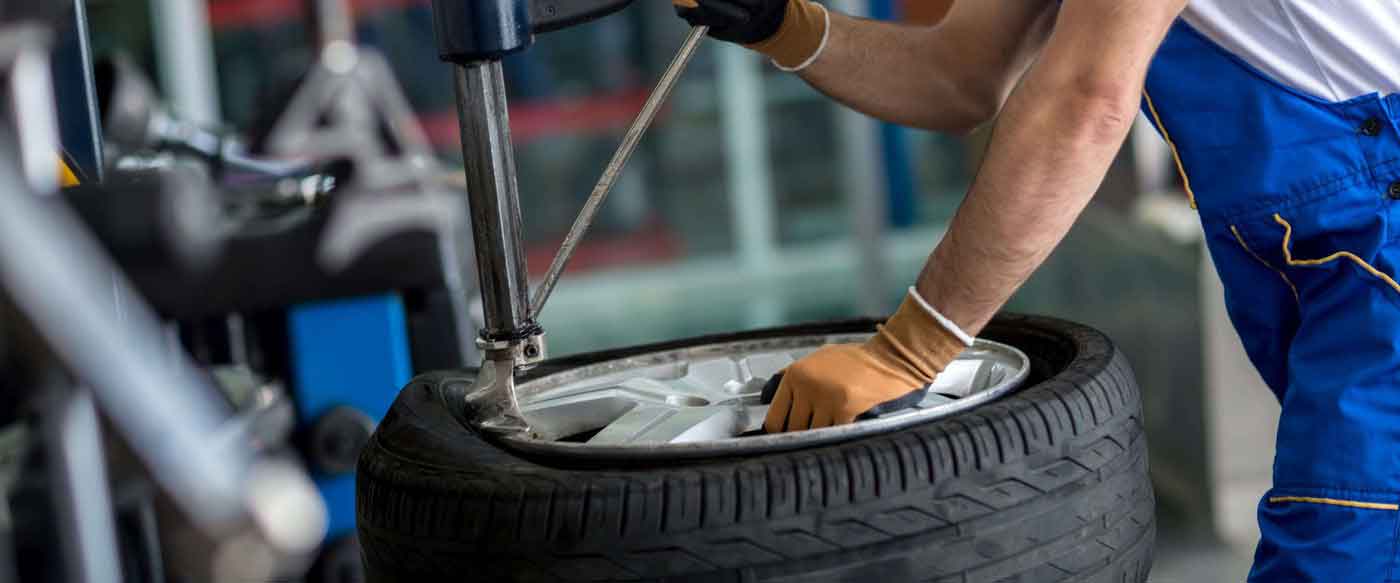Morris Tire Service: Comprehensive Tire Treatment
Morris Tire Service: Comprehensive Tire Treatment
Blog Article
Specialist Overview to Tire Repair Work: Everything You Need to Know
Browsing the globe of tire repair work can be a challenging job for numerous automobile proprietors. From recognizing the usual root causes of tire damage to understanding the intricate steps entailed in patching up a puncture, there is a wealth of understanding to understand. In this thorough guide, we will untangle the complexities of tire fixing, clarifying the numerous kinds of repair kits offered and offering beneficial understandings into when it could be time to bid goodbye to a damaged tire. Stay tuned as we dig deeper into the nuances of tire upkeep, equipping you with the vital expertise to ensure your tires stand the examination of time.
Typical Reasons of Tire Damage
What are the common causes that result in tire damage, affecting car performance and safety and security? Tire damages can occur because of numerous factors, with one of the main reasons being inappropriate inflation stress. Under-inflated tires can cause excessive warmth accumulation, leading to boosted wear and potential blowouts. On the other hand, over-inflated tires can cause minimized grip, uneven wear, and a harsher trip.

One more typical source of tire damage is poor walk depth. Worn-out treads can jeopardize grasp on the road, specifically in damp or slippery problems, raising the danger of mishaps. Furthermore, driving over gaps, debris, or sharp objects can penetrate or cause cuts in the tire, weakening its framework and potentially creating a flat.
Furthermore, inappropriate wheel positioning and unbalanced tires can also contribute to tire damages. Misaligned wheels can bring about irregular wear patterns, while out of balance tires can trigger resonances, influencing both the vehicle's handling and the tire's durability. Normal upkeep checks and prompt repair work can help alleviate these typical root causes of tire damage, ensuring optimal vehicle efficiency and safety.
Kinds Of Tire Repair Kits
To resolve the results of typical reasons for tire damages gone over earlier, it is necessary to understand the various sorts of tire repair kits readily available for vehicle owners. There are mostly 3 types of tire fixing sets commonly used: plug packages, patch kits, and combination repair service sets.
Plug kits are a fast and simple remedy for fixing small leaks triggered by nails or screws. They contain a T-handle tool and rubber plugs that can be put right into the leak to seal the hole efficiently. Spot kits, on the various other hand, are preferable for larger slits or cuts in the tire. These packages other consist of a patch and glue material that is put on the inner cellular lining of the tire to cover the broken location securely.
Combination fixing packages use the benefit of including both plug and spot components, offering a detailed service for a range of tire damages scenarios. It is necessary for vehicle proprietors to acquaint themselves with these different kinds of tire repair kits to be gotten ready for any unanticipated tire concerns when traveling.

Actions to Repair a Tire Leak
Fixing a tire puncture calls for a systematic technique and the right tools to ensure a safe and efficient solution. When encountered with a punctured tire, the initial step is to safely draw over to a flat, secure surface area away from web traffic. Engage the parking brake and area wheel chocks behind the tires to best site prevent any type of unexpected rolling.
When to Change a Tire
Determining the proper time for tire substitute requires a detailed evaluation of various vital elements associated to tire wear and safety and security. As tires put on down, the depth of the walk reductions, impacting the tire's grip on the roadway. Even if the walk depth appears enough, tires older than six years ought to be carefully examined, as the rubber can degrade over time, making the tire much more susceptible to failure.

Tire Upkeep Tips for Long Life
After examining vital elements associated to tire wear and security, carrying out appropriate tire upkeep techniques is essential for maximizing the long life of your tires. Regularly inspecting tire pressure is crucial, as underinflated tires can lead to increased wear and decreased fuel performance.
Revolving your tires at normal intervals, generally every 5,000 to 7,000 miles, advertises also walk wear throughout all tires. Inspecting tires for look at this site signs of damages, such as cuts, protrudes, or punctures, is likewise crucial for keeping tire long life. By complying with these tire upkeep pointers, you can make best use of the life-span of your tires and make sure a smooth driving experience.
Verdict
To conclude, understanding common sources of tire damages, using the suitable tire fixing packages, adhering to appropriate steps to fix a tire leak, knowing when to change a tire, and carrying out tire upkeep tips are necessary for making the most of the durability of your tires. By remaining notified and positive in attending to tire problems, you can make certain security when traveling and extend the life-span of your tires.
Report this page